Context:
The G-20 leaders’ Declaration emphasised the role of technology in bridging digital divides and promoting inclusive and sustainable development.
What is the Digital divide?
|
More on News:The G20 endorsed both the voluntary G20 Framework for Digital Public Infrastructure Systems and India’s proposal to establish a Global Digital Public Infrastructure Repository.
About Inclusive growth:
Elements of Inclusive growth & G-20 Initiatives:
Inclusive growth is a multi-dimensional concept that facilitates inclusion from a variety of fronts that include:
G20 Global Partnership for Financial Inclusion (GPFI)
|
Challenges in Achieving Inclusive Growth:
Government Initiatives to Promote inclusive growth:
|
Way Forward:
News Source: Livemint
Context: There is an increase in cases related to the exploitation of social media for spreading misinformation and fake news.
More about the news:

What is fake news?
|
Impacts of fake news:
 Economic impact: It can lead to market volatility and economic ramifications.
Economic impact: It can lead to market volatility and economic ramifications.Legal Measures to curb fake news:
Global Measures to Curb Fake News:
|
Way Forward:
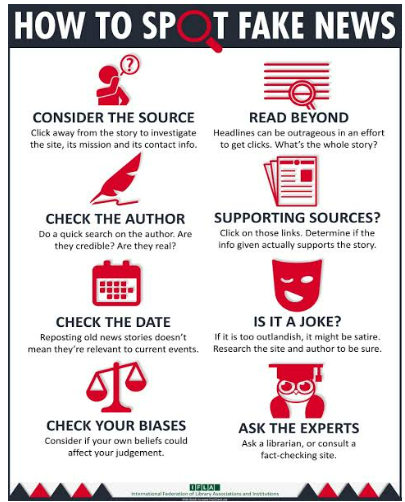
Tehseen S. Poonawalla vs Union Of India (2018):
|
News Source: Indian Express
| International Day of Democracy 2023 | About:
Theme: “Empowering the next generation.”
History:
Significance:
|
| The Inter-Parliamentary Union (IPU): |
|
| Hindi Diwas-2023 | The Hindi Diwas, or Hindi Day is observed on September 14 each year, in order to encourage use of Hindi.
History:
Constitutional Provision:
Facts:
|
| Deflation | India’s ‘Wholesale Price Index (WPI)’ plunged deeper into deflation territory in June, 2023.
Reasons: fall in prices of mineral oils, food products, basic metals, crude petroleum and natural gas and textiles. Deflation vs Disinflation
|
| NavIC (Navigation with Indian Constellation) | Apple successfully supported the indigenous navigation system in some of the new iPhone 15 models. The Union Government may mandate manufacturers to embed the homegrown GPS alternative in all smartphones sold in India by 2025.What is NavIC ?
Other Navigation Systems:
|
| M Visvesvaraya
|
Engineer’s Day is celebrated in India on September 15 every year to honour Sir Mokshagundam Visvesvaraya, also known as Sir MV.
About MV:
Notable contribution:
|
Context:
The Rising Discrepancies in Indian GDP Data Point to a False Growth Story, Say Experts
More on News:
How GDP is Measured In India:
 Basically, the GDP figures from the two approaches may not be an exact match.
Basically, the GDP figures from the two approaches may not be an exact match.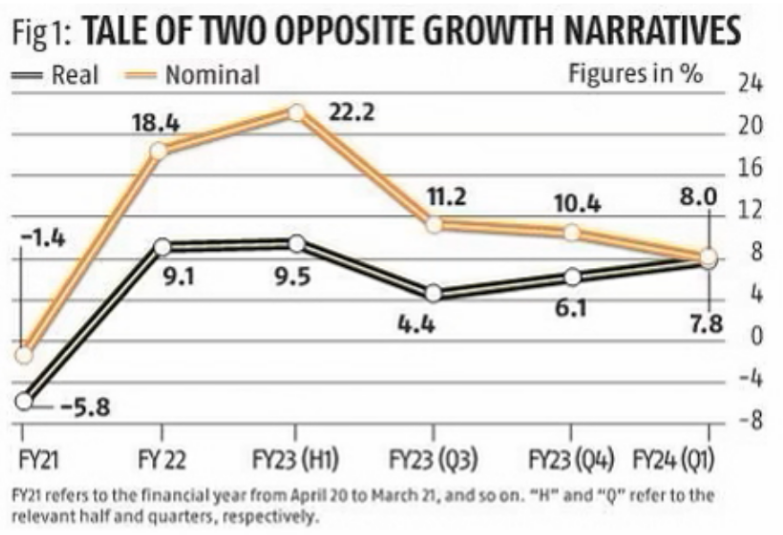
Trends in GDP growth:
Real GDP:
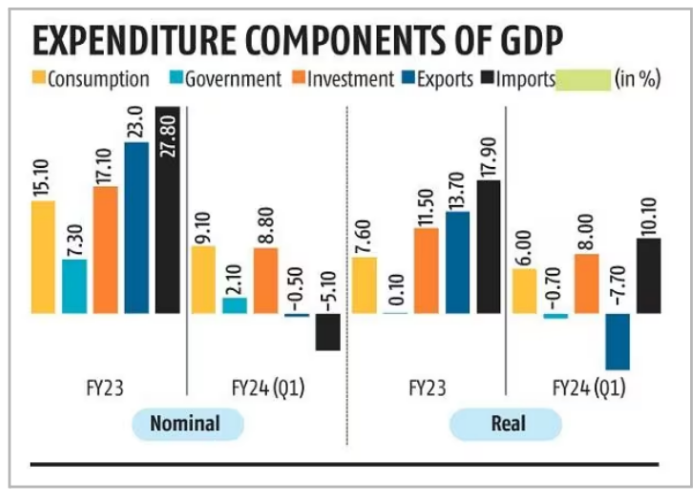
Nominal GDP:
Table 1, shows that all the components of expenditure decelerated between FY23 and the first quarter of FY24, both when measured in nominal and in real terms.
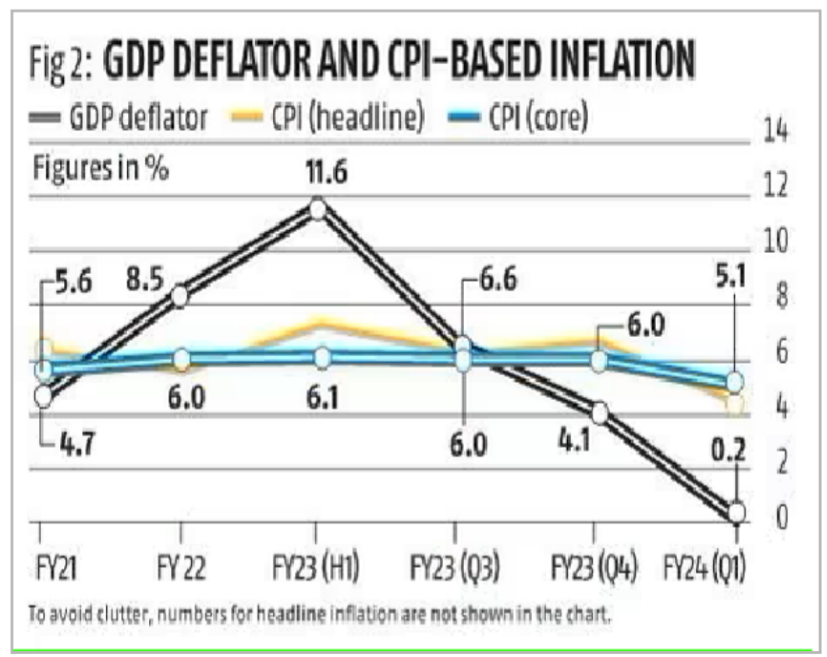
Key Issues:
Way Ahead: In sum, a careful reading of the national income accounts suggests that India needs to improve its GDP calculation methods and align it with best international practices to reduce discrepancies and controversies surrounding it.
Source: Business Standard
Context: Recently, the Chief Justice of India announced the onboarding of the Supreme Court on the National Judicial Data Grid (NJDG).
About National Judicial Data Grid:
Significance of National Judicial Data Grid:
News source: The Indian Express
Context: Recently, India has become an International Organisation of Legal Metrology (OIML) certificate-issuing authority. India applied to become an OIML certificate-issuing authority in March 2023.
About International Organisation of Legal Metrology (OIML):
Significance for India of International Organisation of Legal Metrology (OIML) Membership:
News Source: The Indian Express
Context: India wants the World Bank to consider several measures taken by the government to improve logistics while determining the logistics ranking of countries.
About Logistics Performance Index:

India’s Desired LPI Measurement Inclusions:
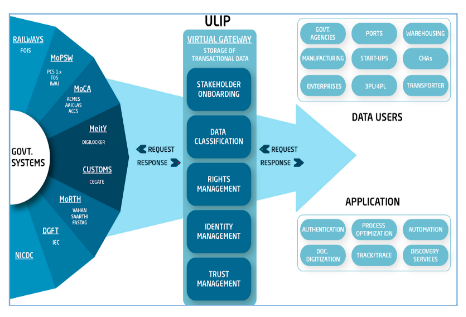
News Source: The Economic Times
SC Verdict on Newsclick Shows Adherence to Due Pro...
Stay Invested: On Chabahar and India-Iran Relation...
Credit Rating Agencies, Impact on India’s De...
Catapulting Indian Biopharma Industry
Globalisation Under Threat, US Import Tariffs Have...
Global Report on Hypertension, Global Insights and...
<div class="new-fform">
</div>
